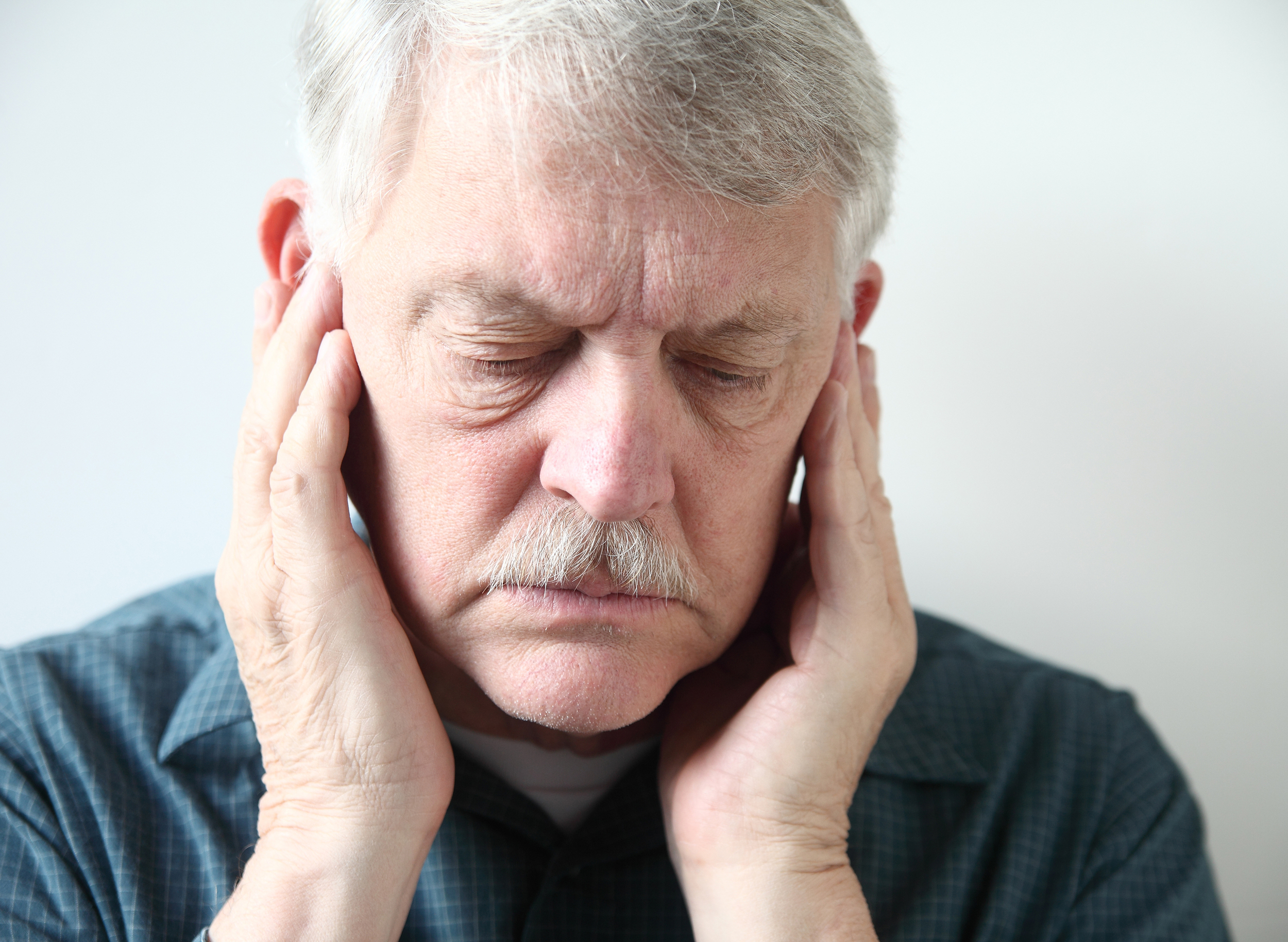
TMJ Therapy
What is TMJ, or TMD, or CMD?
CMD as we refer to it, is a syndrome created by the dysfunction of the lower jaw as it relates to the upper jaw (thus the term CranioMandibular Dysfunction). The significant elements in the system are the upper and lower jaws, the jaw joints (TemporoMandibular Joints), the teeth, and the related muscles.
The Symptoms
Here lies the complexity of this syndrome. Signs and symptoms are many and varied. Few two people have the same ones. Many of the signs and symptoms are distant, and therefore thought to be unrelated. Only recently have some of the relationships been established that have helped to identify the true cause of the problem. There are four groups of signs and symptoms that are commonly reported.
- Joint symptoms, like clicking or popping or pain in the joint(s).
- Related muscle symptoms, like facial pain and headaches. CMD is probably the most common cause of headaches, but rarely mentioned.
- Tooth related symptoms, like sensitivity, receding gums, bruxing, and clenching.
- Skeletal symptoms, like neck and shoulder pain, ear pain, back pain, and poor posture.
The Causes
The cause of the symptoms is a misalignment in the bite between the upper and lower teeth which forces the jaw out of normal position. As the muscles and joints attempt to compensate, the symptoms develop. If we look back to see why we have a bad bite, growth and development influences like breathing problems and thumbsucking may have played a role. Trauma like a car accident can have an impact as well. Understanding these causes is helping doctors to provide care that will prevent these problems in the future. For example, orthodontic treatment usually always changes the bite. Only with the understanding of how vital the role of the bite is are we learning to provide orthodontic treatment that will prevent these problems in the future. Other factors like stress, also play a role by intensifying the effects produced by the dysfunction.
The Role of Stress
Everybody has stress, and it gets blamed for many of the symptoms of craniomandibular dysfunction. The fact is that the craniomandibular dysfunction is more the cause of the stress than the other way around. Stress can be a factor by aggravating a condition, but it is not the cause of headaches, or any of the other signs and symptoms of craniomandibular dysfunction.
The Diagnosis
The diagnostic regimen utilized to pinpoint the problem is extensive. A comprehensive examination, medical history, X-rays of the joints, and models of the teeth. More recently, computer technology is providing joint vibration analysis, muscle function analysis, and jaw motion tracking. These new tools are playing an important role in removing the subjective elements in our diagnostic efforts.
The Treatment
Treatment usually involves two phases. Phase I is diagnostic and therapeutic in nature, commonly consisting of constructing an Orthotic which is a retainer-like appliance that is worn over the lower teeth. The purpose of this appliance is to "re-align" the lower jaw such that the stresses on the joints and muscles are relieved. Phase II is Stabilization which involves altering the teeth such that the bite is correct without the orthotic. This can involve orthodontic treatment, restorative treatment, or some combination of both. Sometimes only an adjustment to the biting surfaces of the teeth is required to effect the change.
Dr. Johnson's Phase I Regimen
*Every individual is unique and not all treatment works for all patients. The following is the most common treatment regimen used by Dr. Johnson for TMJ disorders; in some cases, co-treatement with an appropriate practitioner is recommended for optimal health and healing.
The First Step
The first step starts with impressions and a bite for a night-time appliance. We call this appliance the “PATend”, as we consider it the pathway to the end of Periodontal, Airway, and TMJ problems. We use it for two reasons. The first is that it is therapeutic in stopping clenching and/or grinding the teeth, decompressing the jaw joints, and opening the airway. The second is that it provides very important information about where the jaws want to function. It helps to establish the proper bite by allowing the body to determine what it needs and wants, not a machine or statistics.
As this appliance is effective at stopping the damage, it places the patient in the position of being protected until he/she is ready to go on to the next steps in treatment. When to take that next step is determined by multiple factors; regardless of any other factors (budget, schedule, etc), the body sends clear signals when it is ready to move on to the next step.
The Second Step
The second step is to make a daytime appliance to support the jaws in the new position that the PATend has helped us to find. In most cases, when the daytime appliance is fabricated, we have enough information about the bite to accurately predict what changes will be necessary to achieve a stable bite, good esthetics, and a healthy dental system.
With the daytime appliance in place, and the PATend continuing to be worn at night, the patient is again in the position of being protected until he/she is ready to move on to the next phase of treatment.
During both first and second steps, return visits are needed to assess the changes and progress of treatment, make adjustments to appliances and take any other steps necessary for the goals of the treatment.